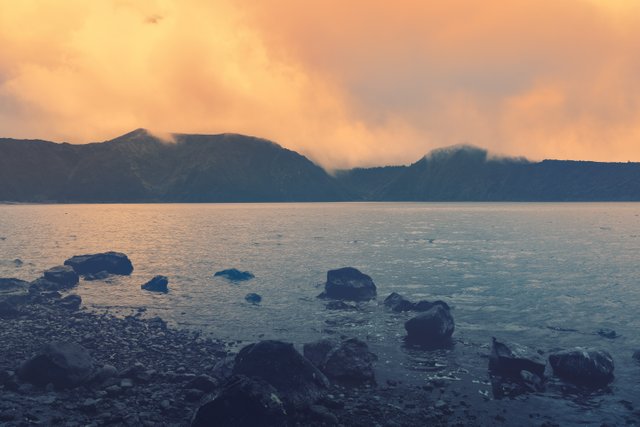📷Curiosities about the Azores Archipelago
Italy Community
✅ 1921 | The Wreck of the Olympia on the Formigas Islets
The Formigas Islets are a group of exposed rocks located about 20 miles northeast of Santa Maria Island and approximately 34 miles southeast of the eastern tip of São Miguel Island. These are very low islets, arranged in a north-south line, stretching roughly 700 meters in length and about 130 meters wide, resting on a bank extending around seven miles. Their highest point is a small rock known as Formigão, which rises only ten meters above sea level.
About 4 miles southeast of these islets, and part of the same rocky massif, lies the Dollabarat Bank, with a minimum depth of about three meters. This bank was discovered in 1788 by Pierre Dollabarats, who commanded the ship La Marie de Sebaure while sailing from Martinique to Bayonne.
During the hydrographic survey campaign of HMS Styx (1841-1845), Captain Alexander Vidal charted the Formigas Islets.
The Olympia Shipwreck
In June 1921, the cargo ship Olympia was sailing with a load of coal from Norfolk to Haifa. Around 10 PM on June 17, 1921, on a calm, foggy night, it ran aground on the northernmost point of the Formigas Islets.
The Olympia was a steamship built in 1896 in Scottish shipyards, with a tonnage of 4,696 tons and a length of 120 meters. It could sail at speeds of up to 12 knots. Originally named Glenlocky, it was purchased by a Greek shipowner in 1919 and renamed Olympia.
"The Azorean press did not widely report the loss of the Olympia, possibly because it happened far from their offices. It was the interest of some archaeologists that led to the discovery of its wreck and the possible reconstruction of its history."
Navigational Hazard
The Formigas Islets were a known hazard to navigation, with recommendations advising ships to avoid the area due to:
"the possible existence of rocky peaks," as noted in old charts.
The islets constitute a real navigational peril. By day, they are visible from about 8 miles away, but in fog, a ship could run aground on the Dollabarat Bank without the warning presence of Formigão. At night, the risk was even greater.
Lighthouse and Protection Measures
Only in 1948 did construction begin on a lighthouse on the islets. This lighthouse, built on a 19-meter-high truncated tower, began operating on June 10, 1950, greatly improving maritime safety in the area.
From another perspective, the Regional Government of the Azores took an interest in the Formigas Islets. In 1988, through Regional Decree No. 11/88/A, it established the Formigas Islets Nature Reserve, which includes the Dollabarat Bank.
References
- Roteiro do Arquipélago dos Açores, Lisbon, Hydrographic Institute, 1981, p. 4-3.
- Alexander Vidal, “The Formigas Bank, near Santa Maria (Azores)”, Journal of the Royal Geographical Society of London, Vol. 19, 1849, p. 163.
- Guide to the Underwater Cultural Heritage of the Azores, 2017, p. 24.
Map
63 – Chart of the Formigas Islets
by Capt. A.T.E. Vidal, R.N., 1849.
| Category | #italy |
| Photo taken at | São Miguel Island - Azores |
)


Upvoted! Thank you for supporting witness @jswit.